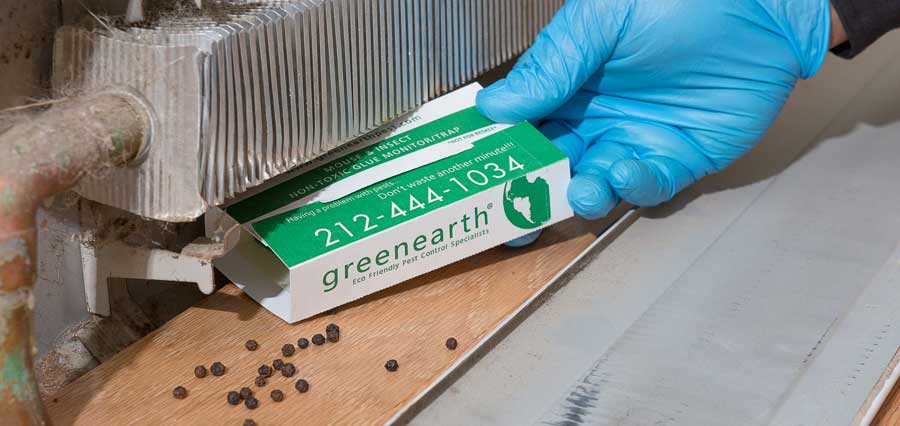Rodents
There's no shortage of lovable rats and mice in popular culture.
From Templeton in Charlotte’s Web to Remy in Ratatouille, Mickey Mouse, Stuart Little, and the endearing Jaq and Gus who aided Cinderella in escaping her wicked stepmother and stepsisters.
However, in reality, rodents like rats and mice (and sometimes squirrels) don’t quite match up to their cute fictional counterparts. Mice can carry hantavirus or salmonella, while rats are known carriers of leptospirosis, which can lead to liver and kidney issues. Beyond the health risks, rodents can also pose serious threats to your property.
Rodents are natural gnawers; they possess a single set of teeth throughout their lives that continue to grow. In the wild, they keep their teeth in check by chewing on hard objects or grinding their teeth. Once inside a building, however, they’ll chew on almost anything, including wall studs, and more alarmingly, electrical wiring. Shockingly, nearly 20% of unexplained house fires are attributed to rodents causing shorts in wires.

Let's focus on the three most common rodents in the United States:
House mouse: Despite the charming name, these rodents are bothersome and potentially hazardous. The most prevalent rodent in the U.S., house mice seek shelter in homes to escape harsh weather. A female can give birth to a litter of up to six mice every three weeks, resulting in a significant infestation if a male and female are present.
Norway rats: Contrary to their name, they didn’t originate in Norway but Asia. Distinguished from roof rats by their smaller eyes, ears, and tails, Norway rats are known for their destructive gnawing tendencies.
Roof rats: Also of Asian origin, roof rats are smaller than Norway rats but equally damaging. Their name stems from their tendency to inhabit upper building levels.
One challenge with rodents is their ability to fit through surprisingly small openings—rats through a quarter-sized hole and mice through a dime-sized one. Identifying their entry points and their location within your house requires detective-level investigation. In simpler terms, you need experts.
At Green Earth Pest Control, our extensive experience in rodent management speaks for itself. Having tackled the rodent-rich environment of New York City, we're well-versed in their behavior.
We not only eliminate existing infestations but also meticulously inspect your premises to pinpoint their entry points and prevent future intrusions. Whenever feasible, we approach infestations humanely, keeping your well-being and peace of mind as our top priorities.